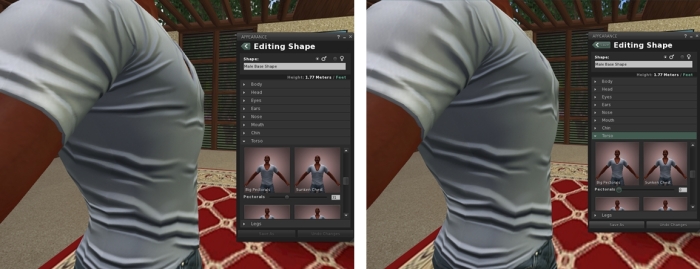It’s time to kick-off another week of fabulous story-telling in Voice, brought to Second Life by the staff and volunteers at the Seanchai Library SL.
As always, all times SLT, and unless otherwise stated, events will be held on the Seanchai Library’s home on Imagination Island.
Monday November 25th, 19:00: Science Fiction: The Planets Series
With Gyro Muggins.
Tuesday November 26th, 19:00: Food! Glorious Food!
With Derry McMahon.
Wednesday November 27th, 19:00: Treasure it the Heart of the Tanglewood
Faerie Maven-Pralou continues her reading of Meredith Ann Pierce’s 2001 novel for young adults.
 Hannah lives by the fearsome Tanglewood with a few talkative companion animals. She doesn’t age, and she has no memory of anything but this life of isolation. Once a month she plucks the flowers that grow from her head, a painful process in which “each yank made her whole scalp ache”, and brews them into a tea for the wizard who lives deep in the woods.
Hannah lives by the fearsome Tanglewood with a few talkative companion animals. She doesn’t age, and she has no memory of anything but this life of isolation. Once a month she plucks the flowers that grow from her head, a painful process in which “each yank made her whole scalp ache”, and brews them into a tea for the wizard who lives deep in the woods.
When Hannah falls in love with one of the many knights who seek the treasure of the book’s title, she starts to question the wizard’s motives, finding he has turned the knight into a fox.
Escaping the wizard’s manipulative grasp, Hannah sets out to find a cure for the knight, an adventure in which she discovers her own identity and the repercussions of some of her actions while under the control of the wizard.
Thursday November 28th, 11:00: Alice’s Restaurant Massacree

You can get anything that you want
At Alice’s restaurant.
You can get anything that you want
At Alice’s restaurant.
Walk right in, it’s around the back,
Just a half-a-mile from the railroad tracks,
And you can get anything that you want
At Alice’s restaurant.
As Thanksgiving arrives in the United States, Shandon Loring presents singer-songwriter Arlo Guthrie’s famous 1967 musical monologue, Alice’s Restaurant Massacree (also popularly known as Alice’s Restaurant, and the inspiration of the 1969 Arthur Penn film of that name, starring Guthrie himself).
Aside from the opening and closing chorus, the song is delivered as the spoken word accompanied by a ragtime guitar. The story is based on a true incident in Guthrie’s life when, in 1965, he (then 18) and a friend were arrested for illegally dumping garbage from Alice’s restaurant after discovering that the town dump was closed for the Thanksgiving holiday.
What follows is a complicated, ironic and amusing story told in a deadpan, satirical tone, which encompasses fines, blind judges, guide dogs, 27 8×10 copiously annotated glossy photos related to the littering, frustrated police officers, the Vietnam War draft and, ultimately, the inexplicable ways in which bureaucracy moves to foil itself, just when you’ve given up hope of foiling it yourself.
—–
Please check with the Seanchai Library SL’s blog for updates and for additions or changes to the week’s schedule. The featured charity for November and December is Reading is Fundamental.

